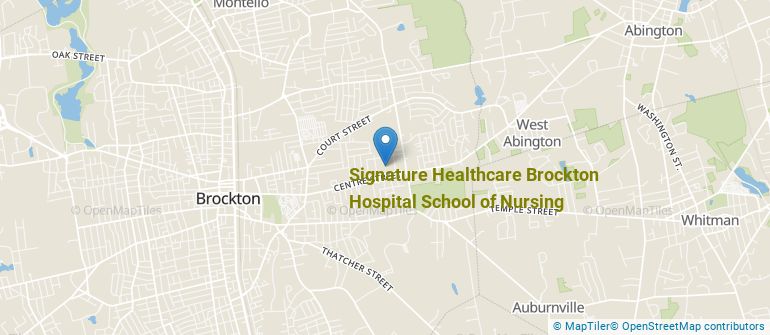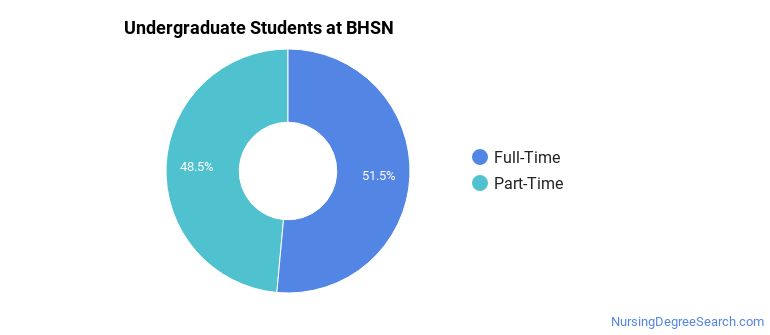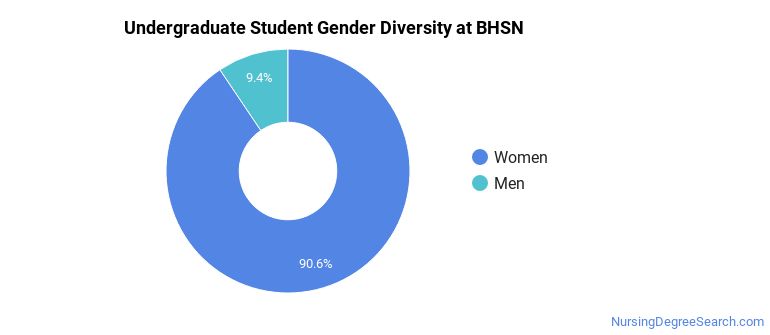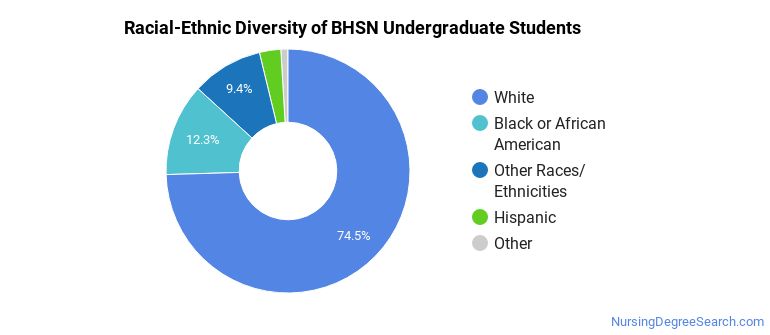Signature Healthcare Brockton Hospital School of Nursing Nursing Programs
Located in Brockton, Massachusetts, Signature Healthcare Brockton Hospital School of Nursing is a private not-for-profit institution. Brockton is considered a suburb and offers tranquility and safety near the excitement of a city center.
Where Is Signature Healthcare Brockton Hospital School of Nursing?

Contact details for BHSN are given below.
| Contact Details | |
|---|---|
| Address: | 53 Adams Street, Brockton, MA 02302-1905 |
| Phone: | 508-941-7040 |
| Website: | www.bhson.org |
Admission Requirements for BHSN
| Submission | Required? |
|---|---|
| High School GPA | 5 |
| High School Rank | 5 |
| High School Transcript | 1 |
| College Prep Program | 5 |
| Recommendations | 5 |
| SAT or ACT Scores | 3 |
| TOEFL | 3 |
How Hard Is It To Get Into BHSN?
Can I Afford Signature Healthcare Brockton Hospital School of Nursing?
Student Loan Debt
Almost 66% of college students who graduated with the class of 2018 took out student loans, but that percentage varies from school to school. At BHSN, approximately 67% of students took out student loans averaging $6,062 a year. That adds up to $24,248 over four years for those students.
Signature Healthcare Brockton Hospital School of Nursing Undergraduate Student Diversity

Gender Diversity
Of the 106 full-time undergraduates at BHSN, 9% are male and 91% are female.

Racial-Ethnic Diversity
The racial-ethnic breakdown of Signature Healthcare Brockton Hospital School of Nursing students is as follows.

| Race/Ethnicity | Number of Grads |
|---|---|
| Asian | 1 |
| Black or African American | 13 |
| Hispanic or Latino | 3 |
| White | 79 |
| International Students | 0 |
| Other Races/Ethnicities | 10 |
Signature Healthcare Brockton Hospital School of Nursing Nursing Concentrations
The table below shows the number of awards for each concentration.
| Major | Undergraduate Certificate | TOTAL |
|---|---|---|
| Registered Nursing | 47 | 47 |
| TOTAL | 47 | 47 |
References
*The racial-ethnic minorities count is calculated by taking the total number of students and subtracting white students, international students, and students whose race/ethnicity was unknown. This number is then divided by the total number of students at the school to obtain the racial-ethnic minorities percentage.
More about our data sources and methodologies.
